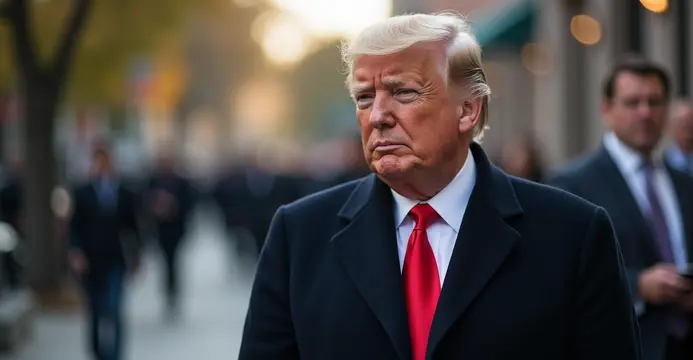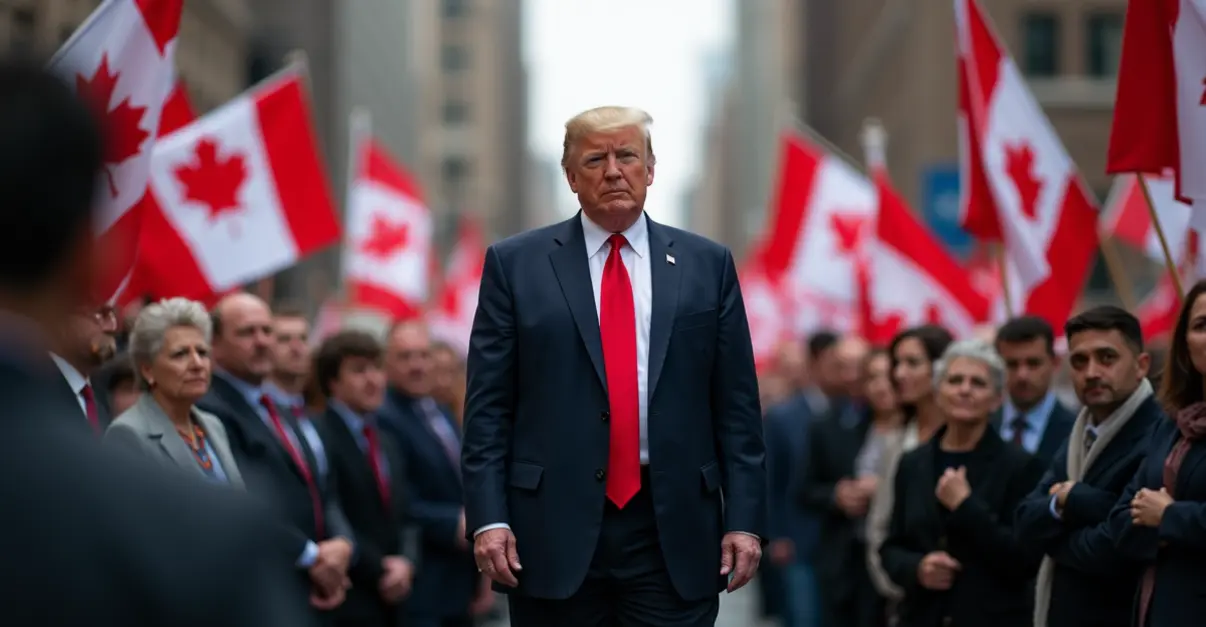Trump and Xi's first meeting in six years resulted in trade concessions including reduced fentanyl tariffs, delayed rare earth export controls, and agricultural purchases, temporarily easing US-China tensions.

Historic Meeting Eases US-China Trade Tensions
In a significant diplomatic breakthrough, US President Donald Trump and Chinese President Xi Jinping held their first face-to-face meeting in six years during the APEC summit in Busan, South Korea. The 1 hour 45 minute discussion resulted in concrete agreements that will delay further escalation of the trade war between the world's two largest economies for at least one year.
Key Trade Concessions Announced
The most immediate outcome was Trump's announcement that the US will reduce fentanyl-related tariffs on China from 20% to 10%, bringing the overall import duties on Chinese goods down from 57% to 47%. 'This is an amazing outcome for both countries,' Trump told reporters after the meeting. 'We're going to have tremendous stability in our economic relationship.'
In return, China agreed to delay its planned export controls on rare earth metals for one year. These minerals are crucial for manufacturing computer chips, defense technology, and renewable energy components. China currently dominates global rare earth production, giving it significant leverage in trade negotiations.
Agricultural and Energy Deals
China also committed to purchasing 'massive amounts' of American soybeans, sorghum, and other agricultural products immediately. Additionally, Beijing agreed to begin the process of buying American energy products, potentially including oil and gas from Alaska. The mutual measures against each other's shipbuilding sectors were postponed for one year, along with the US implementation of the controversial 50% rule that would restrict trade with subsidiaries of companies on the US entity list.
Neutral Ground for Tense Relations
The meeting took place in a modest building with a blue roof at the military airbase in Busan, a perhaps fitting backdrop for what has become an increasingly adversarial relationship. Trump opened with effusive praise for Xi, calling him 'the great leader of a great country.' Xi maintained a more reserved tone, describing the US-China relationship as 'a giant ship that must maintain the right course between wind, waves, and challenges.'
Despite the shorter-than-expected duration, both delegations emerged in good spirits. 'On a scale of 1 to 10, it was a 12,' Trump declared, while Chinese officials emphasized that 'China and the US should focus on the long-term benefits that cooperation brings, not fall back into a vicious cycle of retaliation.'
Geopolitical Context and Future Meetings
The meeting occurred against the backdrop of ongoing tensions over Taiwan, human rights issues, and technology competition. Notably, discussions did not include Taiwan or Nvidia's most advanced Blackwell chips, though they did cover cooperation on ending the war in Ukraine.
Both leaders announced plans for reciprocal visits, with Trump scheduled to travel to China in April 2026, followed by Xi's visit to the United States. This diplomatic engagement represents a significant de-escalation after years of escalating trade restrictions and geopolitical tensions.
The agreements provide temporary relief for global markets and businesses caught in the crossfire, including Dutch chipmaker Nexperia, which had been affected by the proposed 50% rule. However, experts warn that without addressing underlying structural issues like China's industrial overcapacity, the truce remains fragile.

 Nederlands
Nederlands
 English
English
 Deutsch
Deutsch
 Français
Français
 Español
Español
 Português
Português









